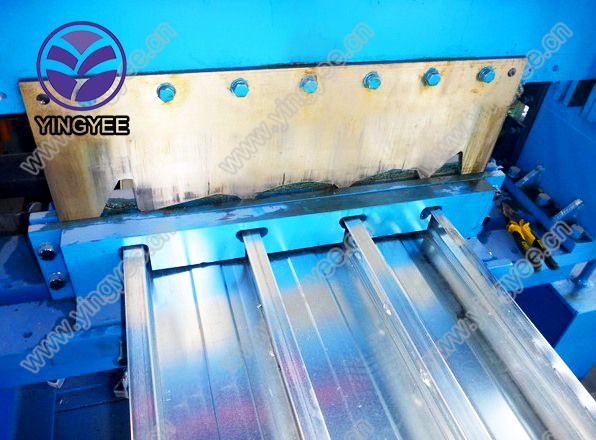
An Overview of Color Steel Coils PPGI and Their Significance in Modern Construction
In recent years, the use of color steel coils, particularly Pre-Painted Galvanized Iron (PPGI), has seen a significant rise in various industries, notably in construction and manufacturing. The evolution of these materials, along with standards such as ASTM, AISI, and GB, has revolutionized how architects and builders approach design, aesthetics, and functionality in their projects.
Understanding PPGI Composition and Characteristics
PPGI is essentially a galvanized steel substrate that has been coated with a layer of paint. This process not only enhances the steel’s aesthetic appeal with a spectrum of vibrant colors but also provides an additional layer of protection against corrosion, weathering, and various environmental factors. The key components of PPGI include a base layer of hot-dipped galvanized steel, which is then treated before painting to ensure maximum adhesion and durability.
The thickness of the coating and the type of paint can vary, which plays a crucial role in determining the overall performance and lifespan of the coils. The ability to customize colors and finishes makes PPGI a highly versatile product, suitable for a myriad of applications from roofing and siding to interior and exterior cladding.
Industry Standards ASTM, AISI, and GB
To ensure quality and safety, the manufacture and use of PPGI are governed by several industry standards. The American Society for Testing and Materials (ASTM) provides guidelines for the physical and chemical properties of materials. The American Iron and Steel Institute (AISI) defines specifications related to steel types. Similarly, the National Standards of China (GB) specify requirements for a range of materials, including color coated steel.
Adhering to these standards ensures that PPGI products are reliable and meet the expectations of performance, safety, and sustainability in construction and manufacturing processes. For instance, ASTM A755 outlines the requirements for steel sheets that are pre-painted; compliance with this standard guarantees that products can withstand adverse weather conditions and corrosion for extended periods.

Applications in Construction
Color steel coils, especially those made of PPGI, are used widely in the construction sector. One of the key advantages of using PPGI is its lightweight nature, which reduces the load on structural components, making it an ideal choice for roofing, wall panels, gutters, and commercial building facades. Additionally, PPGI's resistance to rust and corrosion minimizes maintenance costs and prolongs the lifespan of structures.
The aesthetics offered by the variety of colors available with PPGI complement modern architectural designs. Whether it is residential buildings, commercial complexes, or industrial structures, PPGI allows for greater creative freedom while ensuring durability and practicality. Its paint finish can also be tailored to reflect different styles ranging from modern minimalism to more elaborate traditional aesthetics.
Environmental Considerations
As industries shift toward sustainable practices, PPGI has an edge due to its recyclable nature; steel can be recycled repeatedly without losing its properties. Moreover, many manufacturers of PPGI are adopting eco-friendly practices in their production processes, such as using water-based paints and reducing volatile organic compounds (VOCs) during application.
Additionally, the energy efficiency benefits provided by PPGI, such as reflecting solar energy when finished with specific coatings, contribute to reducing the urban heat island effect—further attracting environmentally conscious builders looking for sustainable materials.
Conclusion
Color steel coils made from Pre-Painted Galvanized Iron are a significant component of modern construction. With their robust protective properties, customizable aesthetics, adherence to established industry standards, and environmental benefits, PPGI represents an industry evolution that reconciles durability, functionality, and style. As construction methodologies continue to evolve, PPGI is poised to remain an essential material that meets both the practical needs of builders and the aesthetic desires of architects.